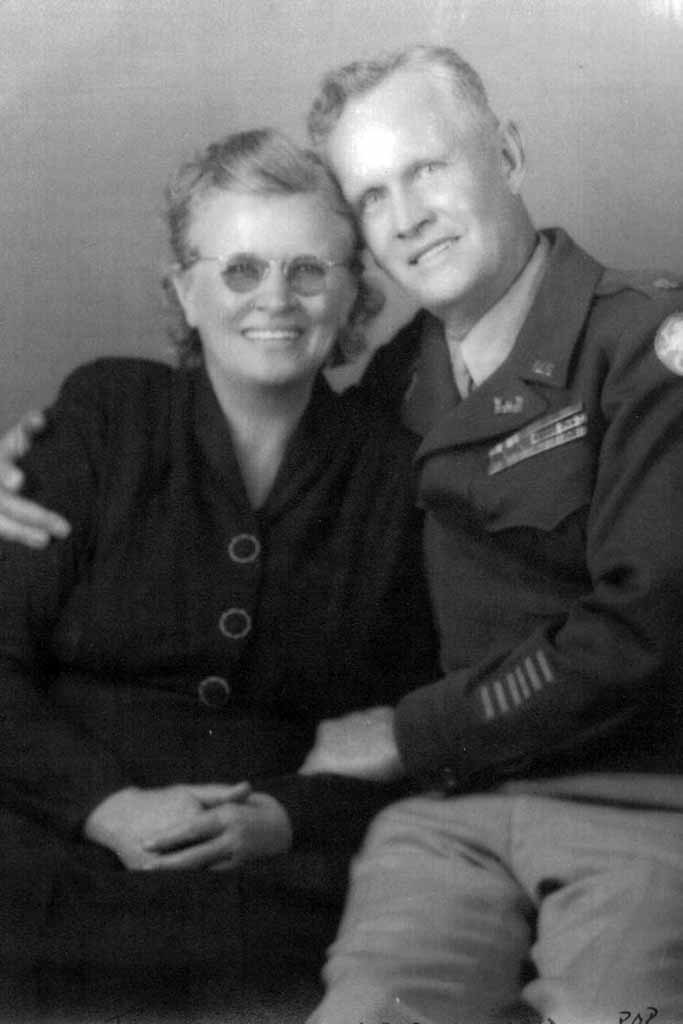
Gertrude
Gertrude Costenoble, also known as Trudis Alemån, was born 20 December 1893, in Reinfelden, Switzerland. In 1904 a portion of the Costenoble family, parents Gertrude Blum and Ludwig Wilhelm Herman with brother Hermann, had settled on Guam. The whole family was later reunited on Guam three years later.
Young Gertrude Costenoble grew up in Guam from age eleven to adulthood, where she learned to speak fluent Chamorro.She became known to Chamorros as “Trudis Alemån” – Trudis being a nickname commonly used for “Gertrudes,” and “Alemån,” the Spanish-adopted word meaning “German.” In some of her writings she referred to herself by this name.
Gertrude met and married Hans G. Hornbostel in the year 1914. Read Gertrude’s full entry here: http://www.guampedia.com/gertrude-costenoble-hornbostel/
Hans
Hans G. Hornbostel, a US Marine, arrived in Guam in the early 1900s. His ability to speak German helped the American military government in Guam spy on the Germans living in the Mariana Islands at the time. During one of his assignments, he met and fell in love with his future wife, Gertrude Costenoble. The couple married and moved to Hawai’i.
Together
An amateur archeologist, Hornbostel was hired by the Bernice P. Bishop Museum in Honolulu to collect artifacts and other objects from the Mariana Islands. He returned to Guam in the 1920s and undertook a systematic exploration of the islands to learn about the ancient Chamorro people. He amassed a large treasury of Chamorro artifacts numbering approximately 2,000 pieces, including a latte stone, piles of slingstones, pottery sherds, stone implements and weapons, and most notably, human remains from ancient Chamorro graves. Some of these items were returned to the Guam Museum in the early 1930s, then again in 1994 and in 2001.
Gertrude Costenoble Hornbostel collected and recorded Chamorro stories, songs and customs, and helped her husband, Hans, with his work for the Bishop Museum. Her translations and insights into Chamorro culture helped give Hans’ work greater context and meaning, and also contributed to the preservation of Chamorro heritage materials that otherwise would have been lost.
The systematic removal of the artifacts from Guam, particularly by the Hornbostels and other American servicemen stationed on the island, spurred the beginning of a Guam Museum. The recently formed Guam Teachers Association in 1926 asked the community to share artifacts and other items of historic interest to share Guam’s history with future generations. Six years later the first Guam Museum opened in 1932.
